Introduction
A home's curb appeal is significantly influenced by its exterior elements, and one such element that often goes unnoticed is the awning. Small awnings, though seemingly insignificant, can make a big impact on your home's aesthetics and functionality. They not only enhance the visual appeal of your home but also provide practical benefits like energy efficiency and protection from the elements. This article delves into the world of small awnings, exploring their types, benefits, and how to choose, install, and maintain them for maximum impact.
Understanding Awnings and Their Impact
Awnings, particularly small ones, can significantly impact your home's value and appeal. A retractable awning expands your living space, creating a shaded area for relaxation and enjoyment of the landscape. They also add depth and dimension to your home's appearance, conveying an impression of well-maintained surfaces. Awnings can lower cooling costs by blocking up to 90 percent of solar energy absorbed through windows, making your home more energy-efficient. This combination of aesthetic and practical benefits makes awnings a valuable addition to any home.
Types of Small Awnings
Awnings come in various types and materials, including small awnings that are perfect for windows, doors, or patios. Common materials for awning covers include cotton, polyester, metal, canvas, wood, and polycarbonate. Each material has its unique features and advantages. For instance, cotton and polyester awnings are breathable, easy to clean, and block harmful UV rays. Metal awnings are durable and strong, while canvas awnings are affordable and durable. Wood awnings, though less common, offer a unique aesthetic, and polycarbonate awnings are known for their durability and UV protection.
Benefits of Small Awnings
Small awnings offer numerous benefits. They allow you to spend more time outdoors, regardless of the weather, by providing shade and protection from rain. They block up to 98% of harmful UV rays, protecting your home's interior and reducing energy costs. Awnings also protect delicate plants and prevent sun damage to furniture and fixtures. They enhance privacy, are low maintenance, and significantly improve your home's curb appeal. These benefits make small awnings a valuable addition to any home.
Choosing the Right Awning for Your Home
Choosing the right awning for your home can be challenging due to the variety of options available. Consider factors like location, style, material, and color. For instance, patios and decks are common locations for awnings, providing protection from the elements. The style should complement your home's aesthetics. Material choice depends on weather conditions and maintenance preferences, with options ranging from fabric to sturdier materials like aluminum. Lastly, the color should match your home's exterior and your personal taste, enhancing your home's curb appeal.
Consider Your Home's Architectural Style
When considering your home's architectural style, designer canopies can play a significant role. For instance, modern aluminum canopies can be hung from the building wall or free standing on posts, giving a modern touch to your home. Designer canopies, designed to shade the windows, can add a unique aesthetic to your building. Canopies with glass inserts allow sunlight to come through, adding a unique design element. Customizable design canopies offer nearly unlimited opportunities to customize your building, while creative designs allow for unique shapes like curves and waves.
Selecting the Right Material and Color
When selecting the right material and color for your small awning, consider your home's architectural style and the awning's resistance to fading. Traditional homes may benefit from subdued colors like navy blue, forest green, or standard colors like black, gray, or white. Contemporary homes may coordinate well with bright colors. Light colors like whites, yellows, and light blues are most resistant to fading, while bold colors like red may fade quicker. Dark colors such as black, navy blue, and dark gray can hide stains well. Remember, proper maintenance is key to keeping an awning in top shape.
Installation Tips and Tricks
Installing a small awning may seem daunting, but with careful measurements and ensuring your brackets are level, you can set up your awning safely. There are various types of awnings, including retractable, portable, or motorized. A useful tip is to have someone hold the awning in place until all the hardware is attached. Remember, precise alignment of your brackets is crucial before you start drilling. With these tips, you can enjoy some shade the very same day you install your awning.
Professional Installation vs. DIY
While some homeowners may choose to install their awnings themselves, it's important to note that professional installation can ensure the awning is installed correctly and safely. A poorly installed awning can lead to functional issues and potential damage to your home. Therefore, when considering whether to opt for a DIY approach or professional installation, it's crucial to weigh the benefits of expert knowledge and experience against potential cost savings.
Maintaining Your Awning for Longevity
Maintaining your small awning involves regular cleaning and inspection to ensure its longevity and functionality. Awnings are usually made of specialty fabric like polyester, vinyl, acrylic, or PVC-coated mesh fabric. These fabrics are treated to withstand fire, repel mold and mildew, and even be tear resistant. There is even waterproof awning fabric. By following these maintenance tips, you can extend the lifespan of your awnings and keep them in good condition. Always refer to the manufacturer's guidelines or contact a professional if you have questions or concerns about maintaining your particular type of awning.
Regular Cleaning and Inspection
Maintaining awnings involves regular cleaning and inspection to ensure their longevity and functionality. This requires care on the part of the owner. Your material must be kept in reasonable condition so your colors don’t fade and your awning will last. By following these maintenance tips, you can extend the lifespan of your awnings and keep them in good condition.
Repairing and Replacing Parts
Maintaining your small awning involves regular repairs and part replacements. The cost of these services can vary depending on the type of repair needed and the part that requires fixing. Simple repairs like lubrication can cost between $20 and $50, while more complex tasks like motor repair can range from $135 to $500. If parts need to be replaced, costs can range from $20 for a strap replacement to $625 for a motor replacement. Always get quotes from multiple professionals before having any service performed, as sometimes it may be more cost-effective to replace the part than to repair it.
Conclusion
Small awnings can make a big difference in enhancing your home's curb appeal. They offer a unique blend of aesthetic appeal and practical benefits, from energy efficiency to protection from the elements. Choosing the right awning involves considering factors like location, style, material, and color, and aligning these with your home's architectural style. Installation can be a DIY project or professionally done, but it's crucial to ensure proper installation to avoid functional issues. Regular maintenance, including cleaning, inspection, and timely repairs, can extend the lifespan of your awnings. With the right choice, installation, and maintenance, small awnings can be a valuable addition to your home.

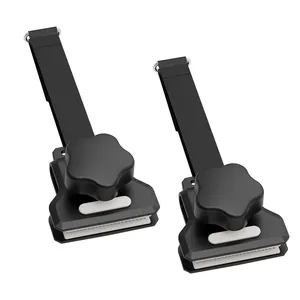


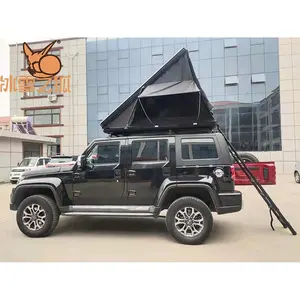


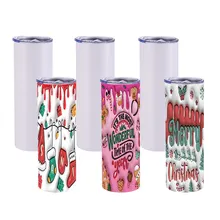
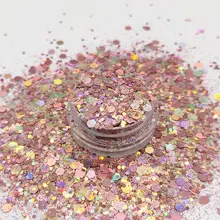
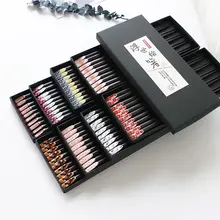

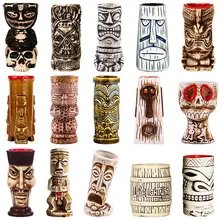
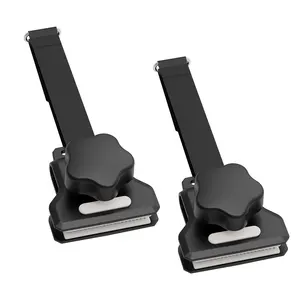
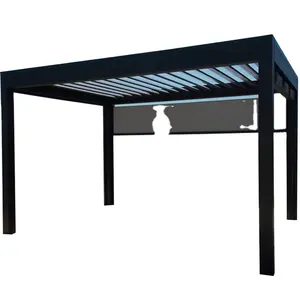
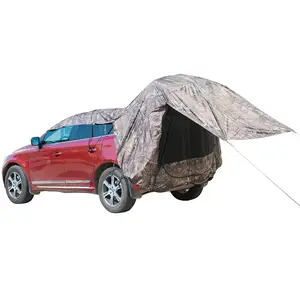





















 浙公网安备 33010002000092号
浙公网安备 33010002000092号 浙B2-20120091-4
浙B2-20120091-4